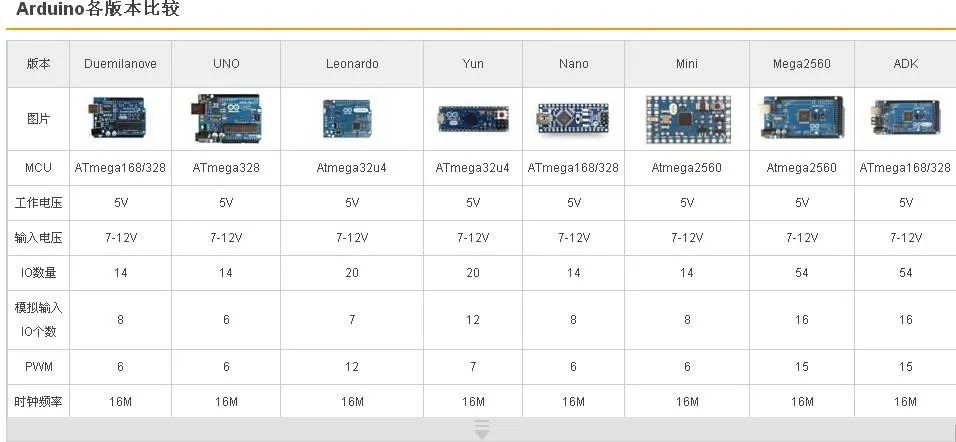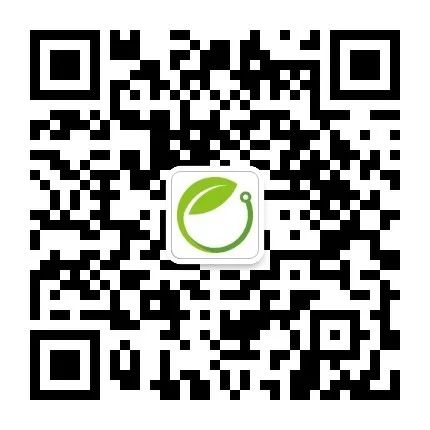Yesterday I got to know Arduino, and today let’s take a look at various commonly used Arduino development boards.
There are various models such as Arduino Uno, Arduino Leonardo, Arduino 101, Arduino Mega 2560, Arduino Nano, Arduino Micro, Arduino Ethernet, Arduino Yún, Arduino Due, Arduino 33 BLE, and so on. With the development of technology and product updates, some versions have also been retired. Let’s take a look at the comparison of various version development boards.
According to the Arduino official website, Arduino products include entry-level, enhanced, IoT, educational, and retired development boards. Arduino is suitable for any interactive project, being convenient, flexible, and easy to use.
So what else do you need to prepare before you start learning?
First, you need to have an Arduino development board, then prepare some breadboards, DuPont wires, resistors, and other electronic components to connect the electronic components to the Arduino board and control different hardware.
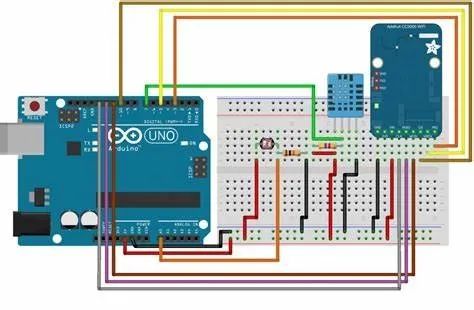
A simpler way is to buy sensor expansion boards and sensor modules compatible with Arduino, which can save a lot of troublesome steps.
Next, we will introduce several classic development boards for beginners and advanced users.
Starting with entry-level products makes it easy to use Arduino and is ready to power your first creative project. The following boards and modules are the best choices to start learning about electronic products and coding.
Arduino / Genuino Uno is a microcontroller development board based on the ATmega328P. It has 14 digital input/output pins (6 of which can be used as PWM outputs), 6 analog input pins, a 16MHz crystal oscillator, USB connection, power jack, ICSP header, and reset button. Just connect it to your computer using a USB cable, or power it with an AC-to-DC adapter or battery to get started. You can modify your UNO without worrying about making mistakes; the worst case is just replacing a few yuan’s worth of chips and starting over.【https://store.arduino.cc/usa/arduino-uno-rev3】
“Uno” means “one” in Italian and was chosen as the name for the release of Arduino software (IDE) 1.0. The Uno board and version 1.0 of the Arduino software (IDE) are the original versions of Arduino, which have now developed into newer versions. The Uno board is the first board in the USB Arduino series and serves as the reference model for the Arduino platform.
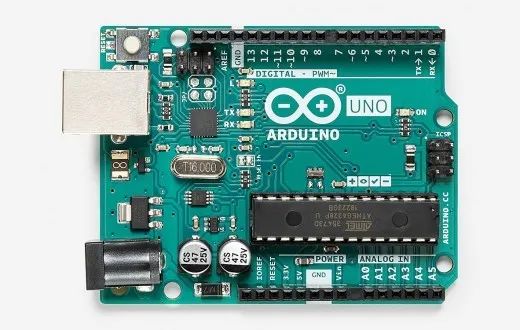
Micro is a microcontroller board based on the ATmega32U4 developed in collaboration with Adafruit. It has 20 digital input/output pins (7 of which can be used as PWM outputs, 12 as analog inputs), a 16MHz crystal oscillator, a micro USB connection, an ICSP header, and a reset button. It contains everything needed to support the microcontroller; just connect it to your computer using a micro USB cable to get started. It has a form factor that fits easily on a breadboard.【https://store.arduino.cc/usa/arduino-micro】
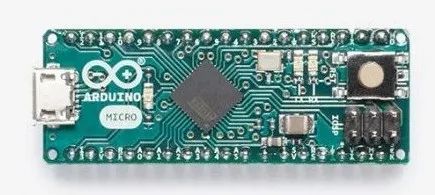
Arduino Nano is a small development board based on ATmega328 (Arduino Nano 3.x). It has only one DC power jack and uses a mini USB cable instead of a D cable.【https://store.arduino.cc/usa/arduino-nano】
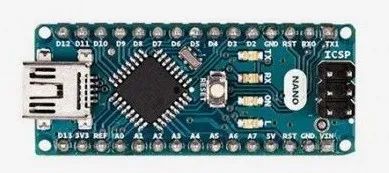
Choose one of the functionally advanced or faster circuit boards to experience the fun of more complex projects.
Arduino Nano 33 BLE is an evolution of the traditional Arduino Nano, but with a more powerful processor, the nRF52840 from Nordic Semiconductors, which is a 32-bit ARM® Cortex™-M4 CPU running at 64 MHz. This allows you to create larger programs than Arduino Uno (which has 1MB of program memory, 32 times larger) and has more variables (RAM is 128 times larger). The main processor also includes other amazing features, such as Bluetooth® pairing via NFC and ultra-low power mode.【https://store.arduino.cc/usa/nano-33-ble】
Nano 33 BLE comes with a 9-axis inertial measurement unit (IMU), which means it includes an accelerometer, a gyroscope, and a magnetometer with 3-axis resolution. This makes Nano 33 BLE ideal for more advanced robotics experiments, motion trackers, digital compasses, etc.
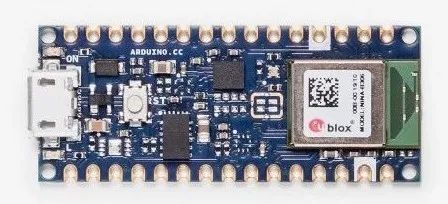
Arduino Mega 2560 is a microcontroller development board based on the ATmega2560. The board has 54 digital input/output pins (15 of which can be used as PWM outputs), 16 analog inputs, 4 UARTs (hardware serial ports), 1 16MHz crystal oscillator, 1 USB interface, 1 power jack, an ICSP interface, and a reset button. It contains everything needed for the microcontroller to operate; connect it to your computer using a USB cable or power it with an AC-DC adapter or battery to use.【https://store.arduino.cc/usa/mega-2560-r3】
Mega 2560 is compatible with most shields designed for Genuino Uno. Genuino MEGA 2560 is a product based on the Arduino Mega iteration.
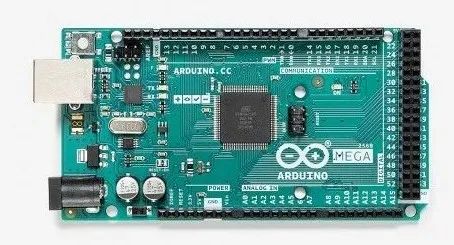
MKR ZERO has an onboard SD connector with a dedicated SPI interface (SPI1), allowing you to play MUSIC files without additional hardware!【https://store.arduino.cc/usa/arduino-mkrzero】
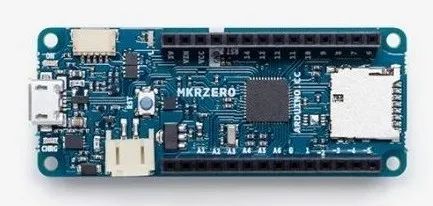
Using one of these IoT products makes it easy to connect devices and opens up your creativity with the opportunities of the Internet.
Arduino Nano 33 IoT enhances existing devices, with the main processor being the low-power Arm® Cortex®-M0 32-bit SAMD21. It executes WiFi and Bluetooth® connections using u-blox’s NINA-W10 module (a low-power chipset operating in the 2.4GHz range). Additionally, secure communication can be ensured through the Microchip® ECC608 encryption chip. You can also find a 6-axis IMU, making this board very suitable for simple vibration alarm systems, pedometers, relative positioning of robots, etc.【https://store.arduino.cc/usa/nano-33-iot】
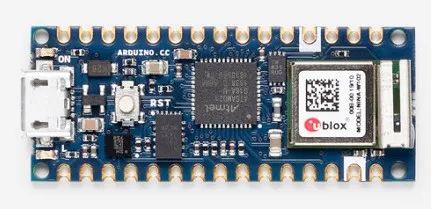
Arduino Yún is a development board based on the ATmega32u4 and Atheros AR9331. The Atheros processor supports a Linux distribution based on OpenWrt called Linino OS. The board has built-in Ethernet and WiFi support, a USB-A port, a microSD card slot, 20 digital input/output pins (7 of which can be used as PWM outputs, 12 as analog inputs), a 16MHz crystal oscillator, a micro USB connection, an ICSP header, and 3 reset buttons. Yún differs from other Arduino boards in that it can communicate with Linux distribution boards, providing a powerful networked computer that is easy to use with Arduino. In addition to Linux commands like cURL, you can write your own shell and Python scripts for strong interactivity.
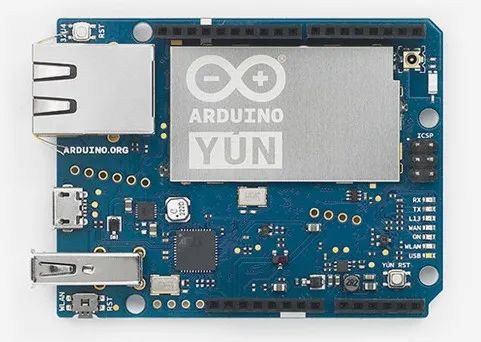
Arduino Education is committed to providing educators with the necessary hardware and software tools to create more hands-on, innovative learning experiences. It allows students to embark on a fun and inspiring journey in the world of programming and electronics.
Looking at the various Arduino development boards above, aren’t there many you are familiar with, or even have played with several of them? The abundance of Arduino materials can be dazzling. Everyone is welcome to share the projects you have created in the electronic forest.
Arduino Technology Communication Group:
The communication group is ready for everyone. Next, Teacher Yinghe will lead everyone into the Arduino development board. Please scan the QR code below to join the group. If the group QR code expires, you can reply with the keyword “Arduino” in the “Yinghe Academy” WeChat public account to join the group chat.
Funpack’s seventh event is underway, featuring a development board from Microchip called the Curiosity LPC Development Board, or “Curiosity Development Board.” The event ends at midnight on April 20, and everyone still has plenty of time to participate, with no limit on the number of participants.
【Learn to design a mikroBus peripheral module using KiCad in 5 days】 is currently live. Friends participating in Funpack 7 can watch this live broadcast for free and receive a mikroBus peripheral module designed and processed by Teacher Su for use during the event. Come and sign up!
The Yinghe team is dedicated to providing electronic engineers and students in related fields with standardized core skills courses to help everyone effectively improve their professional abilities at every stage of learning and working.
The Yinghe Academy
Exploring and advancing together in the field of electronics
Follow the Yinghe public account for instant access to classes
Click to read the original text for more
